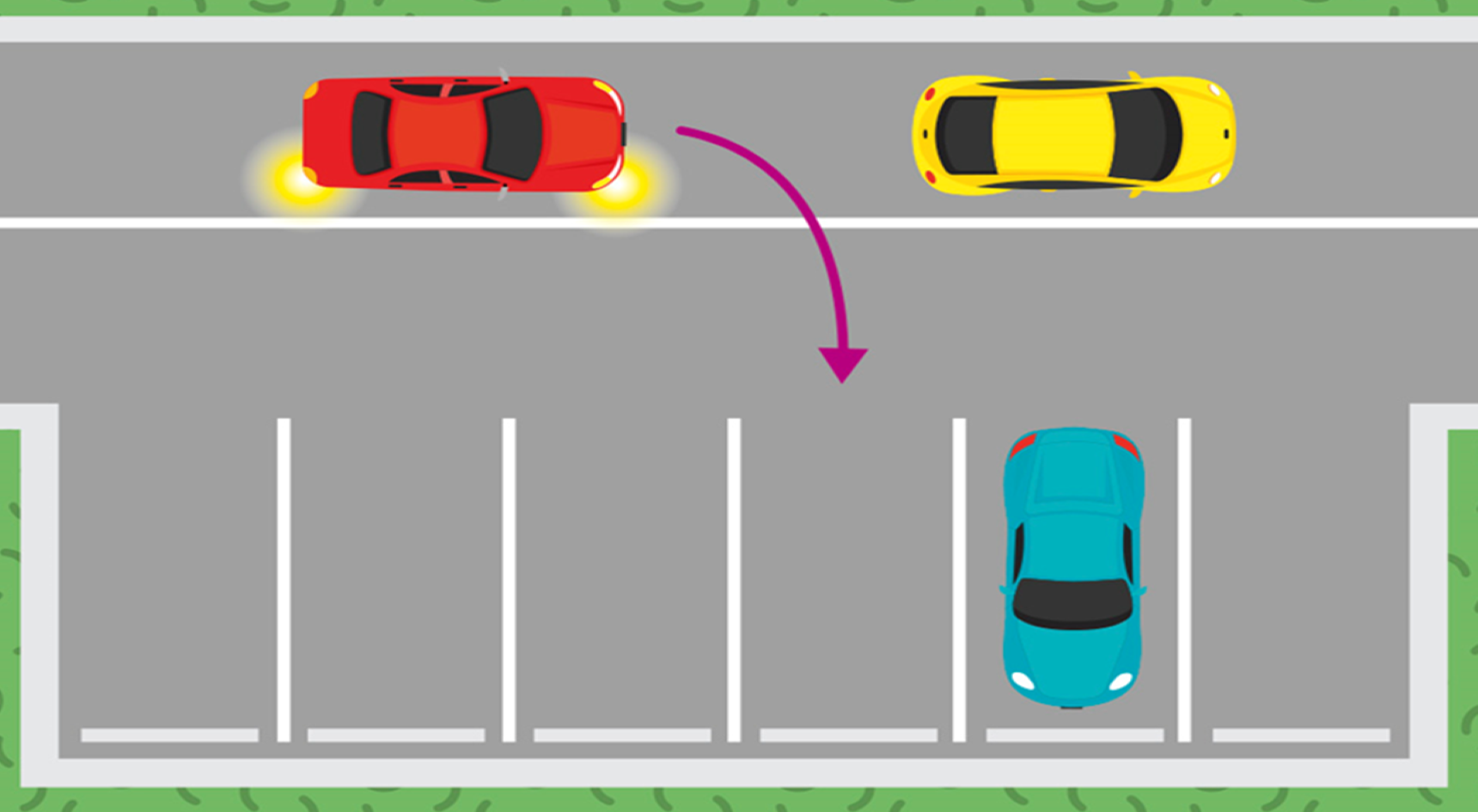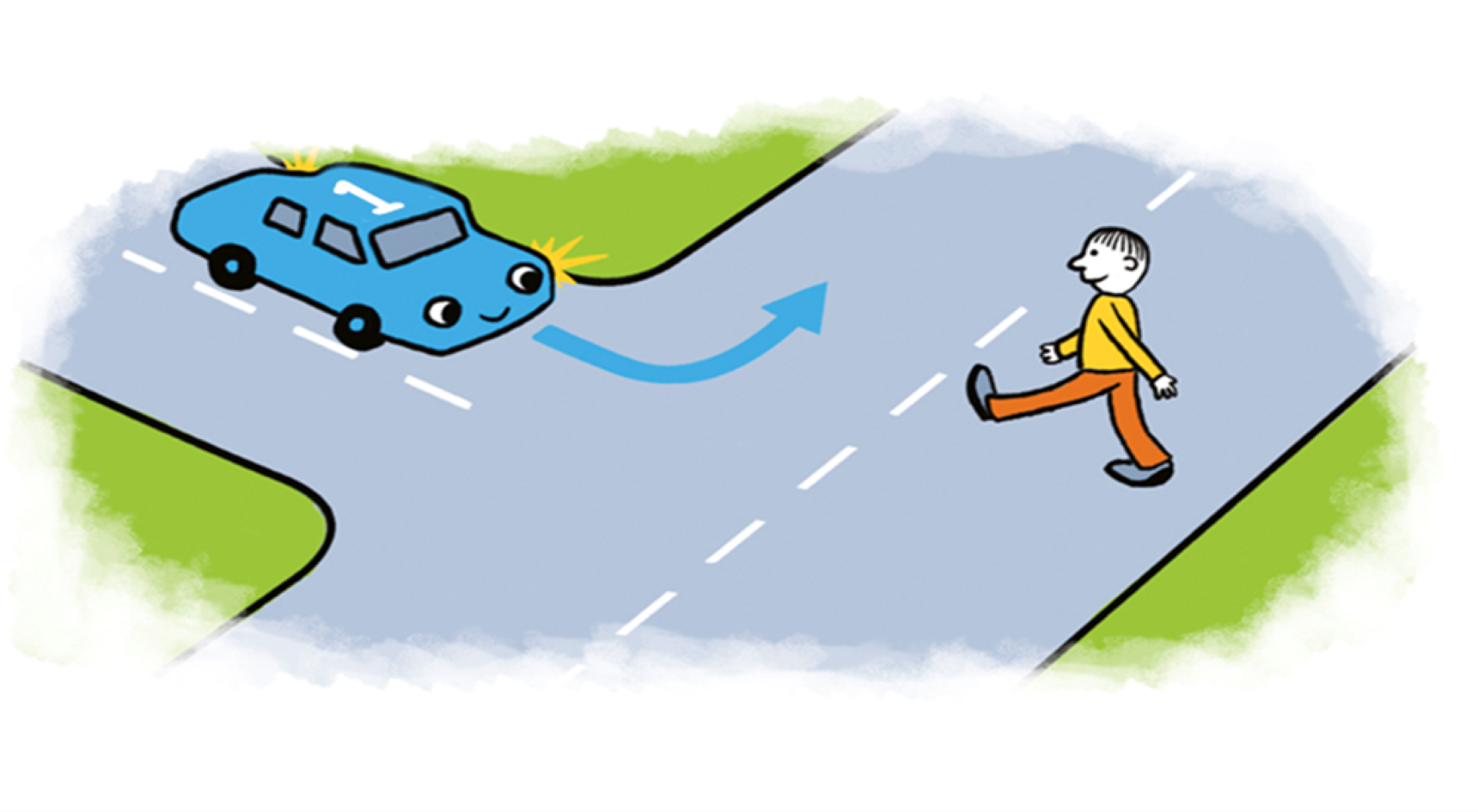5 road rules that might have you stumped

Let’s face it: once we’ve had our driver’s licence for more than a few years, most of us think we have a good handle on the road rules. But an RAA survey has revealed many drivers are unsure about some basic laws.
Since 2019, we’ve quizzed thousands of drivers about road rules as part of RAA’s Years Ahead road safety program. The results have revealed some of the common mistakes drivers make behind the wheel. We’ve listed a few below.
1. Does the law require drivers to indicate when leaving a roundabout?
Encouragingly, most respondents knew that indicating when leaving a roundabout is required. However, only 24% were aware that you don’t need to indicate if it’s not practicable to do so, such as on a very small roundabout. Trickier roundabouts, like Blackwood and Britannia roundabouts, are good examples of when indicating your intentions benefits all road users.
2. When travelling behind another vehicle at 60km/h, what’s the safe following distance?
Many drivers are taught to leave a three-second gap rather than a distance in length, which may be what’s causing some of the head-scratching here. The correct answer is eight to nine car lengths (about 50 metres), which 20% of respondents got right.
Surprisingly, more than half thought it was three to four car lengths (about 20 metres). This is based on the combination of reaction time and stopping distance from 60km/h which is about 42 metres in dry conditions, and more when the roads are wet.
3. Is this manoeuvre legal?

When most drivers see a solid white line, they think they can’t cross it. In most cases, that’s correct; however, in the scenario above, the red car is permitted to cross the solid line to enter the parking bay. Why? It’s legal to cross a solid white line to leave or enter a road, which 27% of respondents knew.
In scenarios like this, it’s legal to cross the solid white line to park if it’s perpendicular with the car’s current position. It is, however, against the rules to chuck a U-turn across a solid line to come back to a park.
4. Are motorcycles allowed to lane filter?
Lane filtering may be a pet peeve for many drivers stuck at traffic lights, but few realise this manoeuvre performed by motorcyclists is legal.
If you’ve never heard of the official term, lane filtering is when a motorcyclist rides between vehicles and stops at the front of the queue to cross an intersection.
Many respondents (71%) incorrectly believed lane filtering was illegal; however, while this manoeuvre is permitted, motorcyclists must only lane filter if they’re travelling 30km/h or below and have a full motorbike licence (R or R-Date). They’re prohibited from lane filtering in bike lanes and through roundabouts, school zones and crossings, and never between vehicles and the kerb.
5. Who gives way in this situation – the car or the pedestrian?

If a driver is turning left or right, the driver must give way to any pedestrian at, or near, the intersection who is crossing (or about to cross) the road the driver is entering. So, in this scenario, the driver of the blue car gives way – only 60% of respondents answered correctly.
While some pedestrians will wait for traffic to clear before crossing, the law does require the driver to give way in this circumstance. Although this is the law, pedestrians should always proceed with caution in case the driver doesn’t know the rule – make eye contact where possible to acknowledge each other.

